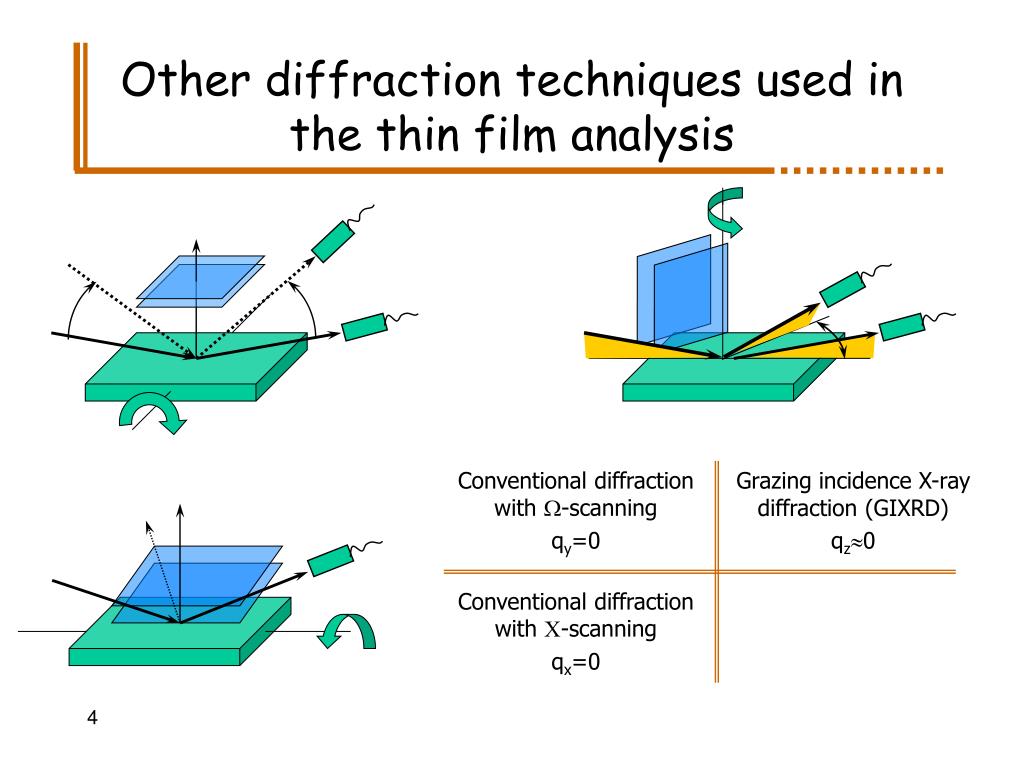

The calculation for pixel area assumes these extend all the way to the edge of each sensor, and all contribute to the final image.The above chart approximates the aperture as being circular (a common approximation), but in reality these are polygonal with 5-8 sides.Some cameras have pixels which are slightly rectangular, in which case diffraction will reduce resolution more in one direction than the other.This calculation assumes that microlenses make these gaps negligible. The physical pixels do not actually occupy 100% of the sensor area, but instead have gaps in between.Blue light requires the smallest apertures (highest f-stop) in order to reduce its resolution due to diffraction. This means that as the diffraction limit is approached, the first signs will be a loss of resolution in green and pixel-level luminosity.
#Diffraction full#
Typical digital SLR cameras can capture light with a wavelength of anywhere from 450 to 680 nm, so at best the airy disk would have a diameter of 80% the size shown above (for pure blue light).Īnother complication is that sensors utilizing a Bayer array allocate twice the fraction of pixels to green as red or blue light, and then interpolate these colors to produce the final full color image. The calculation above assumes light in the middle of the visible spectrum (~550 nm). Since the size of the airy disk also depends on the wavelength of light, each of the three primary colors will reach its diffraction limit at a different aperture. On the other hand, the Canon G6 does not require apertures as small as the 20D in order to achieve the same depth of field (due to its much smaller sensor size). However, diffraction will likely have a visual impact prior to reaching this diameter.Īs two examples, the Canon EOS 20D begins to show diffraction at around f/11, whereas the Canon PowerShot G6 begins to show its effects at only about f/5.6. Note: above airy disk will appear narrower than its specified diameter (since this is defined by where it reaches its first minimum instead of by the visible inner bright region).Īs a result of the sensor's anti-aliasing filter (and the Rayleigh criterion above), an airy disk can have a diameter of about 2-3 pixels before diffraction limits resolution (assuming an otherwise perfect lens).


 0 kommentar(er)
0 kommentar(er)
